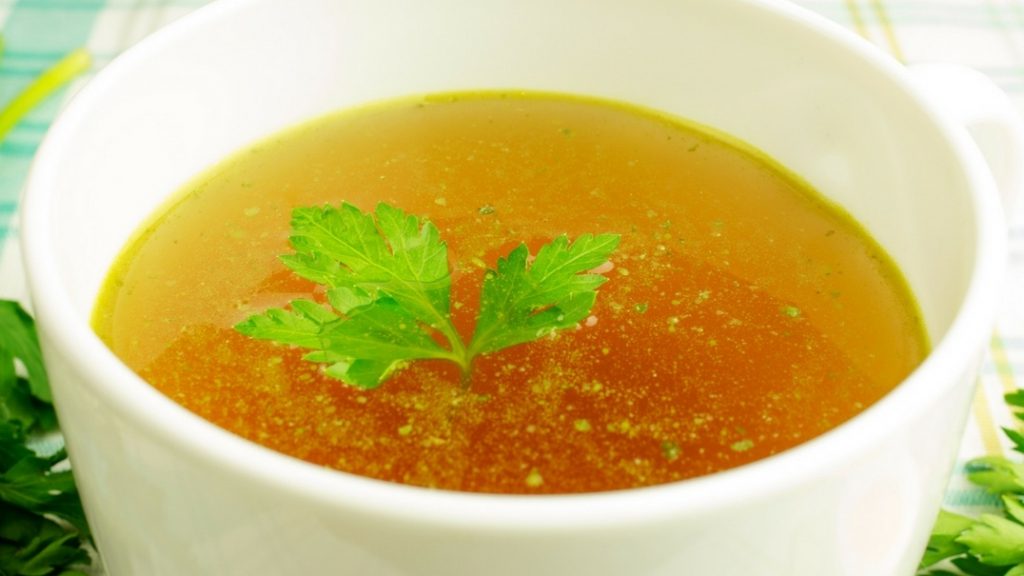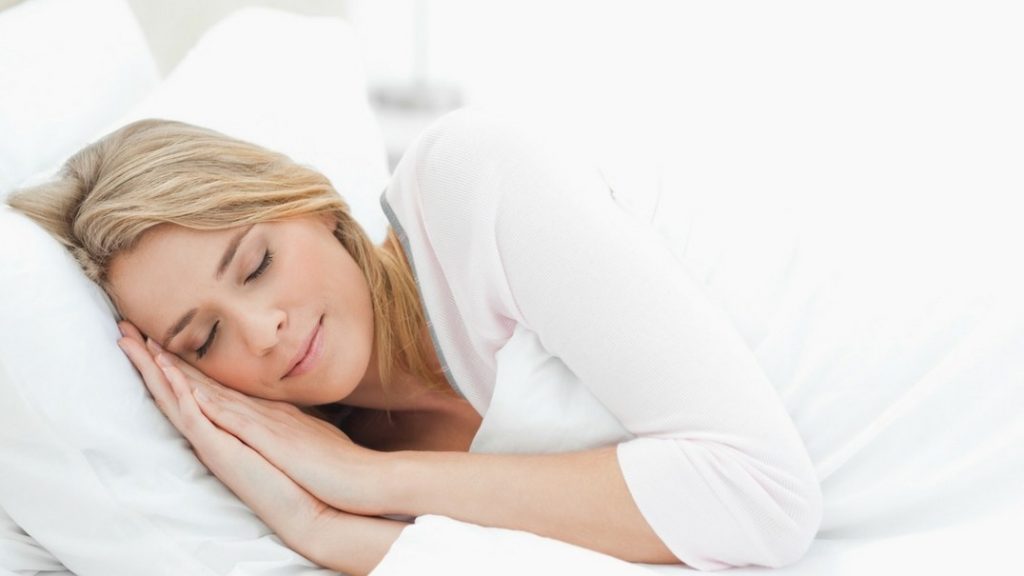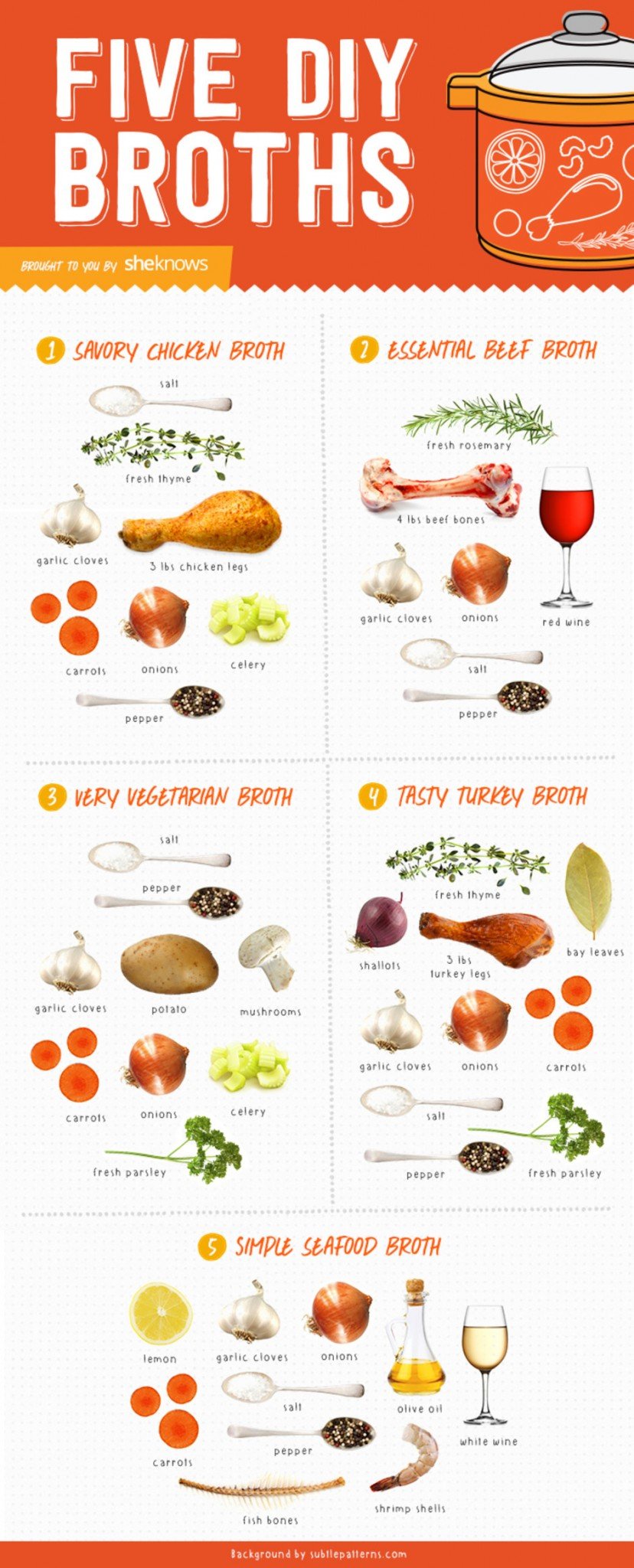In a previous post, I spoke about movement in a general sense, and why we  are healthier when we move more often in a variety of ways. As I mentioned, this takes awareness of how we relate to and use our bodies. This is a topic worth diving into further, and a prerequisite for all healthy movement. If you aren’t aware moving with awareness, you won’t notice when you are moving poorly, and you won’t be able to correct it. Oh, and the cat represents your body.
are healthier when we move more often in a variety of ways. As I mentioned, this takes awareness of how we relate to and use our bodies. This is a topic worth diving into further, and a prerequisite for all healthy movement. If you aren’t aware moving with awareness, you won’t notice when you are moving poorly, and you won’t be able to correct it. Oh, and the cat represents your body.
Be aware of how you move. It sounds simple, and it is on some level. But it is also a lifelong practice with infinite potential to transform the way you experience life in a human body. In this post I share three entryways to practice moving with awareness: getting into your body, moving gently and slowly with focused attention, and taking an inventory of the stuff that affects your movement. You can think of this as three levels of awareness: an internal awareness of your body, an external awareness of how you move in space and gravity, and a relational awareness of how your body is impacted by your physical environment.
1. Getting into your body
Shifting your awareness to the sensations in your body is profoundly helpful. We as a culture overemphasize our rational minds, so our attention tends to live there and our bodies can become an afterthought. The mind is often in the past or the future, but the body lives in the moment. Bringing your attention into your body allows you to notice discomfort and make a shift. There are many ways to do this! Maybe you already have ways that work well for you. Here are a few that I like to use, I encourage you to try them for yourself.
- Shift your focus to your breath and pay attention to the sensations of your breath in your body. Notice the immediate changes you experience.
- Drop your awareness down from your head into your belly.
- Feel your feet on the ground. Notice where you are and what you are doing.
- Feel the weight of gravity and let your body sink and rest with the support of the ground or surface you are on. If this is hard, first tense your muscles and pull away from the ground, then release and allow your weight to settle.
- Wiggle your fingers and toes, then shift and stretch your body however it wants to move.
A few common experiences when you tune into your body
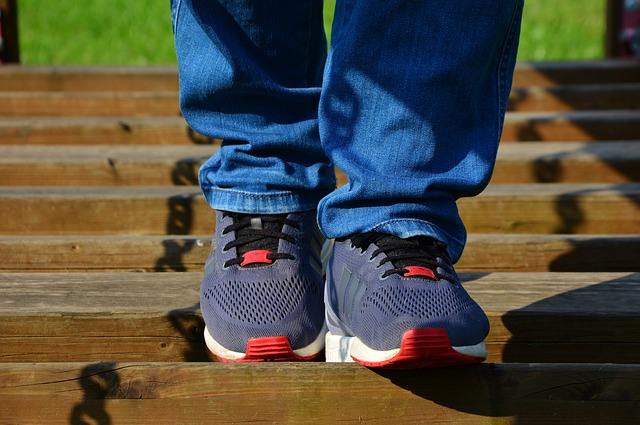
When we start paying attention, we often realize how little we employ our awareness. We may catch ourselves in contorted positions and wonder how we got there, or find ourselves reaching for something far away without taking a moment to reposition. When we return to awareness of our bodies again and again, we start to understand more of what we need to do to be happy and more comfortable.
This can be overwhelming at first. I personally know what it is like to feel uncomfortable in my body and how intense it can be to tune in. However, body awareness is a solution to overwhelm based in stress, chronic discomfort, or pain. As our body’s communication is listened to and honored, we gain an opportunity to take action in support of ourselves and and clarity in what to do. Many people start to experience relief from discomfort and newfound connection to and respect for their bodies.
Noticing habits that you don’t want to have can also be an easy way to judge yourself if you aren’t careful. The first thing out of most people’s mouths when they tune into their bodies is that they have bad posture. I’ve often heard people say that every time they noticed their body their shoulders were at their ears or they were slouching again. Implied is that it isn’t even worth paying attention because the task is too large or they are too broken. I have learned to reframe these beliefs by understanding why my body has these habits in the first place.
The myth of good posture: our bodies tell a story
The majority of us have been taught that if we just stopped slouching, stood up straight, and pulled our shoulders back, we’d feel good. This couldn’t be further from the truth. This view of posture implies that there is some static position that is correct for everyone. Holding your body a certain way is like fighting with yourself – it is unnecessary effort and not honoring of the intelligent reasons your body is a certain shape.
Your body is a certain shape and moves in certain patterns because it tells the story of your entire life – your body has adapted naturally to your environment, culture, and experiences. This means you are just as you are meant to be.
Sometimes your body is holding patterns that are no longer relevant or productive for you, and you wish to change them. Your body did the best it could do for you to respond to a given situation, but you are no longer in that situation. If you simply try to force another shape, eventually your muscles will get tired and you’ll go back to your old patterns. The good news is there is a lot we can do to change this, and here my second point is key.
2. Moving gently and slowly with focused attention
Once you’ve arrived in your body, you can begin to  move with awareness and relate your internal sense of yourself to your external environment. The ability to sense where your body is in space is called proprioception. Strong proprioceptive ability is correlated with health and more complete recovery from injury. I shared how your brain maps your body in my last post and this is intimately connected with proprioception. The best way to define your map and increase your proprioception is by moving gently and slowly with focused attention.
move with awareness and relate your internal sense of yourself to your external environment. The ability to sense where your body is in space is called proprioception. Strong proprioceptive ability is correlated with health and more complete recovery from injury. I shared how your brain maps your body in my last post and this is intimately connected with proprioception. The best way to define your map and increase your proprioception is by moving gently and slowly with focused attention.
As an example, say you want to walk from one end of the room to the other. For people with this ability, this is very easy to do. We learned to walk as young children and do it every day without thinking. But when we step back and pay attention, everyone walks a bit differently. As mentioned above, our movements display unconscious patterns based on our unique bodies and experiences. Maybe your dad had an issue with his hip that affected his walk, and when you learned to walk you imitated him. Maybe you wanted to fit in in high school and the cool kids walked with a little dip so you do too. Maybe you hurt your knee years ago and it still affects your walk. Moving slowly with focused attention works by making these unconscious patterns conscious so we have the ability to change what we no longer need.
I will guide you in an example in a moment, but first a few things to know if you wish to explore further. There are entire disciplines that use moving slowing with focused attention to support a lifetime of healthy aware movement. These disciplines, such as Somatics, Feldenkrais, and Alexander Technique, lay the foundation for healthy responsive movement and unravel old patterns. I love the book Better Movement, by Todd Hargrove, which explains all the science behind how this works and provides Feldenkrais inspired exercises to guide your experience. Many of the ideas in this post come from my personal exploration with the information I learned from Todd’s book, Hanna Somatics, and many of the experts on my favorite body nerd podcast by Brooke Thomas, The Liberated Body.
Try it!
Let’s return to the walking example with an exercise to try, adapted from Mary Bond’s excellent book The New Rules of Posture. I use walking since it is a common full body activity with many unconscious subtleties.
- Walk across the room as slowly as possible and see what you notice. Continue to walk back and forth across the room slowly and focus your attention on each of the following aspects of your walk.
- First notice your left side. Then the right. You may notice one side moving more than the other. We are naturally asymmetrical, but if the difference is extreme you may want to investigate further.
- Now focus on your feet. Which foot steps out first? Notice how it drives the movement.
- Move even more slowly and notice how your heel first contacts the ground. Feel the shift of your weight over your foot, and feel your toes push off behind you.
- As you push off your foot, feel your leg swing in front of you as you step again. Notice
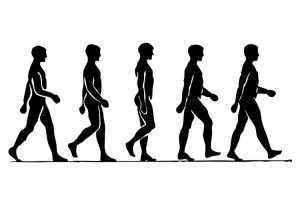 the difference in the movement of your left leg and right leg. Does one leg swing more freely?
the difference in the movement of your left leg and right leg. Does one leg swing more freely? - Hips rotate as we walk – notice if you are holding any tension. If your hips are moving well, you can experience a slight rotation in the direction of your belly button back and forth about ten degrees.
- Focus on your arms – are they swinging naturally? Are you holding your shoulders or arms stiff? Or are you allowing your body to twist?
- Notice how your chest moves in the opposite direction to your hips. Walking is a cross body movement that propels you forward while giving a natural massage to your internal organs.
- Where is your head? Are you looking down to focus on what is in front of you? Is your head jutting forward? Are you pulling your chin in? Play with moving your head and feel into the way it affects the rest of your spine.
Hope you enjoyed that exploration! You can apply similar focus and inquiry to any movement. It doesn’t need to be as complex as walking, and it will be beneficial however deep you chose to go.
A note on support.
Since our bodies tell our story, engaging with unconscious patterns stored in our tissues can bring up intense experience or emotions. Professional support can be invaluable to guide you when you hold mental and emotional trauma, chronic pain, or old injuries that you wish to release. Even without a specific issue, if you begin this process on your own and it seems daunting, find a friend, partner, group, or professional to work with you. Bodywork modalities such as Rolfing or Craniosacral Therapy, or somatic psychotherapies such as Somatic Experiencing, can support you to shift patterns that could be overwhelming to tackle on your own.
Working with gravity
Since we live on earth, developed proprioception also necessitates an acceptance of gravity. Sometimes we feel weighed down or compressed by gravity, but we can use it to our advantage! Our bodies are designed with tension and compression to support us with minimal effort. I love to play with resting my body into itself and into the ground, trusting my structure and the earth. When I allow my body and the earth to support me, I use gravity with awareness. Amazingly, this frees up energy, and I am able to elongate gently upwards. I can stand or sit longer with more ease, and stay active longer without getting tired. I even discover that my posture improves, in the sense that my body feels like it aligns with itself better and I am less likely to slouch.
Try this:
- Stand with your feet hip distance apart placing your weight as comfortably balanced right to left as you can.
- Move your hips forward and backward in space until you feel you are spreading your weight across your feet evenly. Keep your knees unlocked but not bent.
- Now tuck your hips forward engaging your belly and tilt them back engaging your low back and sticking your butt out. Find balance between the two which uses the least muscular effort.
- Let your feet sink into the ground, and allow your legs and hips to follow.
- Move your attention up your spine to the point where your head meets your neck. As your body from the belly down rests and sinks with gravity, allow your upper body to float upwards as if pulled gently by a hook at the base of your head.
- Breathe space in between each of your vertebrae as your body lengthens and settles.
- Now try walking again with this new sense of sinking downwards and floating upwards simultaneously. No need to hold yourself stiff to keep a certain posture – more important is resting into gravity and rising up off your support. How does this change the way it feels to walk compared to the first exercise? Imagine how it would feel to use gravity to find ease in other movements throughout your day.
3. Taking an inventory
So by now you’ve experienced internal and spatial body awareness through attention and slow gentle movement. You’ve explore how this can support you to make choices to shift your position, move in different ways, and begin to uncover unconscious patterns you no longer need. However, sometimes your body is holding a pattern for good reasons and to shift it you need to change your environment. The ways in which you interact with things on and around you affects the way you move.
In this exercise, I encourage you to enter into relational awareness by taking an inventory of items in your life one by one and questioning how they affect your movement and your body’s shape. You can pick a day or a week to explore specific categories of items, or note these questions and considerations each time you engage with the stuff around you as a practice.
Clothing. Clothing is a beautiful way to express yourself and relate to where you are and what you are doing. Our clothes conform to our bodies, but sometimes we use clothes that force our bodies to be another way. Tight, inelastic clothing can limit our ability to breathe and move in healthy ways. I know I am not supporting the healthy movement patterns I wish to create when my pants are so tight I can’t swing my leg over my bike or bend down easily. I also know that when I don’t wear warm enough clothing, my body stays tense and can hold onto stress or old patterns. Take an inventory of your clothing and ask yourself which clothes don’t allow your body to move freely or restrict your shape. Why not wear clothes that look and feel great.
Shoes. When looking for both style and comfort, our shoes options are seriously lacking. Many people tolerate uncomfortable shoes, but it is seriously not worth it in the long run. First, get rid of any shoes that you can’t wait to take off when you wear them. As you inventory your shoes, pay close attention to two aspects: heels and toe boxes. First, heels. And I don’t just mean high heels. Most boots, sneakers, and athletic shoes, even men’s shoes, have elevated heels. Heels shorten your calves and tilt your entire body forward so you must lean back to compensate. Start today by slowing transitioning to wearing and buying shoes with lower or no heels. Next, toe boxes. Many shoes get super narrow in the front squishing your toes together. Muscles atrophy, toes overlap, bunions develop, your shoes literally deform your feet. Find shoes that stay wide at the end so your feet can breathe and function like they are made to. When you purchase shoes in the store, take out the insole and stand on it. If your feet are wider than the insole, this shoe will squish your feet.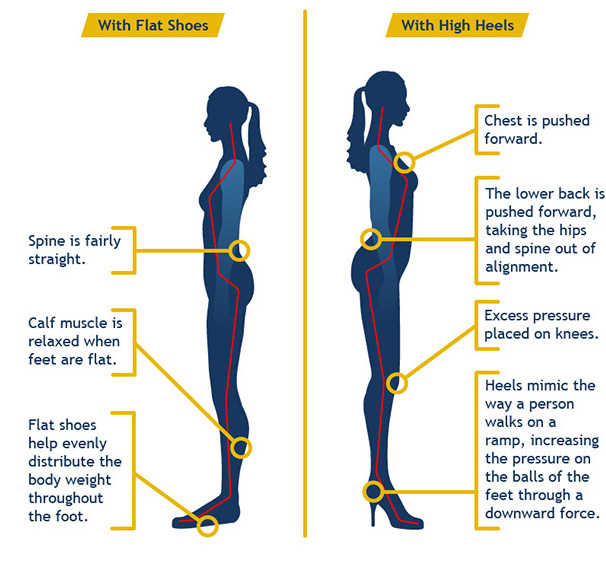
Bags. One of the most common complaints 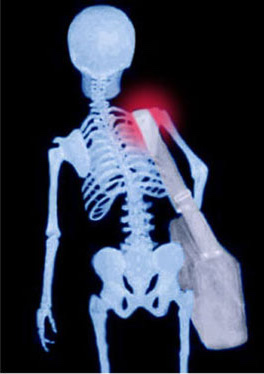 I see as a massage therapist is a tight neck and shoulder with knots around the shoulder blade. The majority of people who have this on one side come in carrying a heavy one shoulder bag or purse. I had a friend who had a knot on one side for years. He switched from a messenger bag to a backpack and it went away never to return. Seriously, make the switch and don’t wait. You will thank yourself. Two shoulder bags are wonderful, and if they get too heavy, getting one with a chest or waist strap can help distribute the weight more evenly. You can always use a rolling bag for style points.
I see as a massage therapist is a tight neck and shoulder with knots around the shoulder blade. The majority of people who have this on one side come in carrying a heavy one shoulder bag or purse. I had a friend who had a knot on one side for years. He switched from a messenger bag to a backpack and it went away never to return. Seriously, make the switch and don’t wait. You will thank yourself. Two shoulder bags are wonderful, and if they get too heavy, getting one with a chest or waist strap can help distribute the weight more evenly. You can always use a rolling bag for style points.
Things that you sit on. Chairs, couches, cars, we spend a lot of time sitting. For each place you regularly sit, ask yourself, does this feel good now? How about later? How does this affect the position of my body? Play with using pillows or other props to make your seats more comfortable. Generally, you want something not so hard that you are sore and not so soft that you sink in and collapse. You want your hips to be in line with or higher than your knees so you sit on your sit bones and not on your low back. You want a back support that allows you to rest into yourself with little effort. If the back rest is overly curved or too far back, your head and neck protrude forward or tuck and stiffen.
Stuff you use. We interact daily with a variety of objects. When they are designed well and we use them in healthy ways, they make our lives easier. But our stuff often causes problems. Ask: is this the right tool for the right job? Is there a better option? How can I use this more comfortably? Does this knife need sharpening? Do I need to be so close to my computer? How can I hold my phone to make my neck feel better? Seriously – the more you are aware of how you engage with the many tools and technologies we use daily, the happier you will be.
Wow.
That was a lot of information. If you made it all the way here, thanks for diving into this ride of awareness with me – for one thing, it never gets boring. If you made it here without a chance to try to exercises, I recommend you try them and read it again. If you can experience anything I shared for yourself, you will be more likely to understand and incorporate moving with awareness into your life. I wish you revelation, fascination, and compassion on your journey of learning, unlearning, and relearning to move well with awareness. I, for one, have completely transformed my relationship to my body and the way I move, and I know you can too.
Originally posted in: therapeuticmassagewithzoe.com

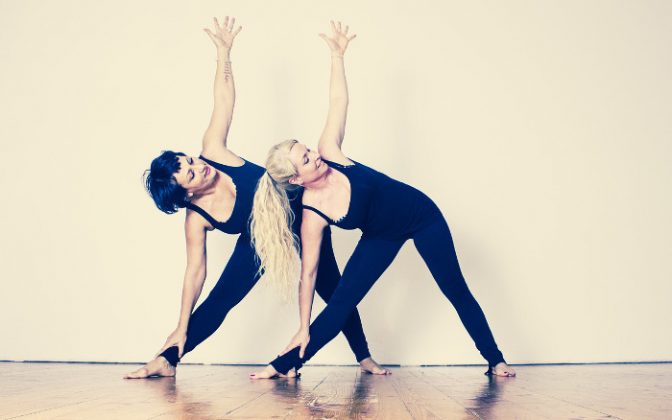
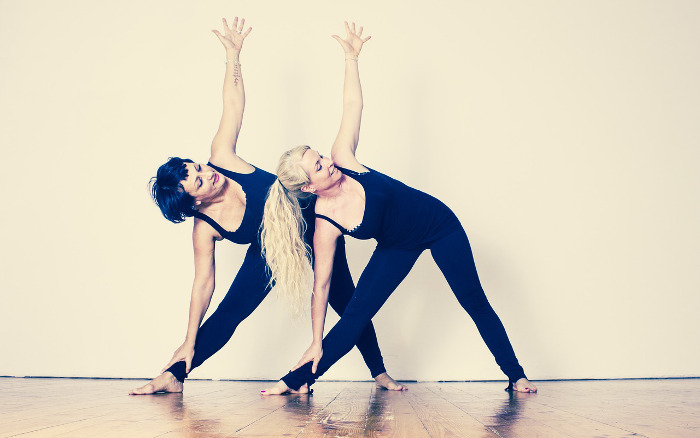
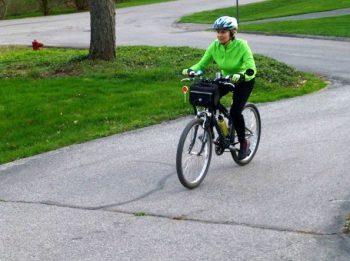
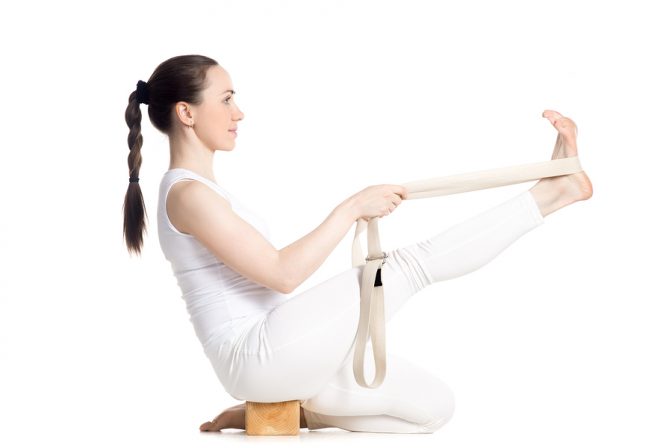
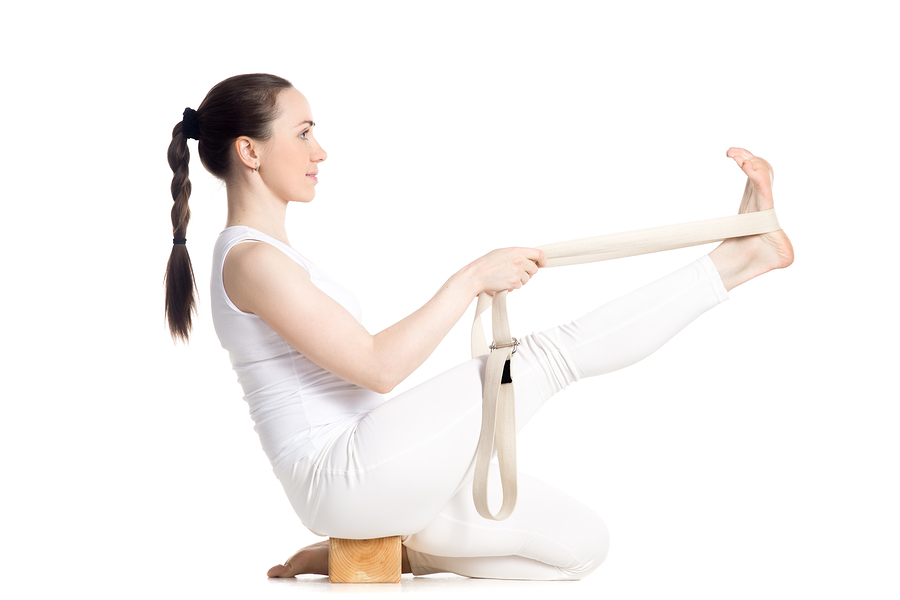


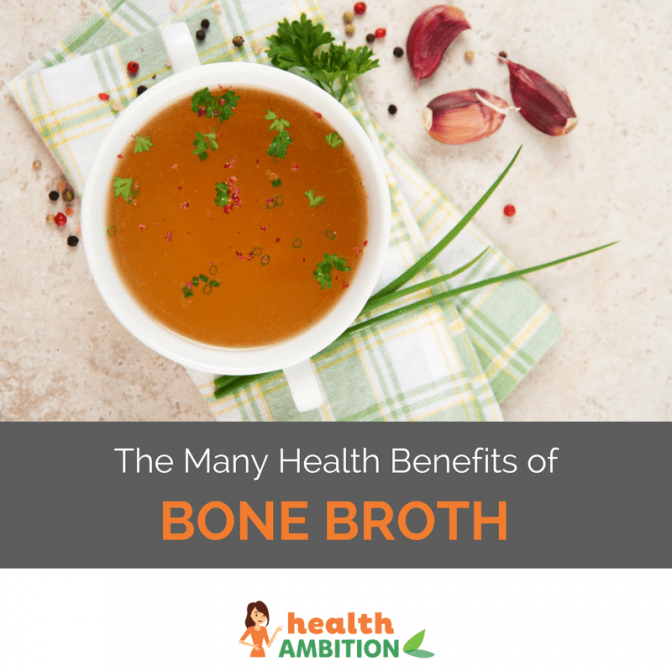
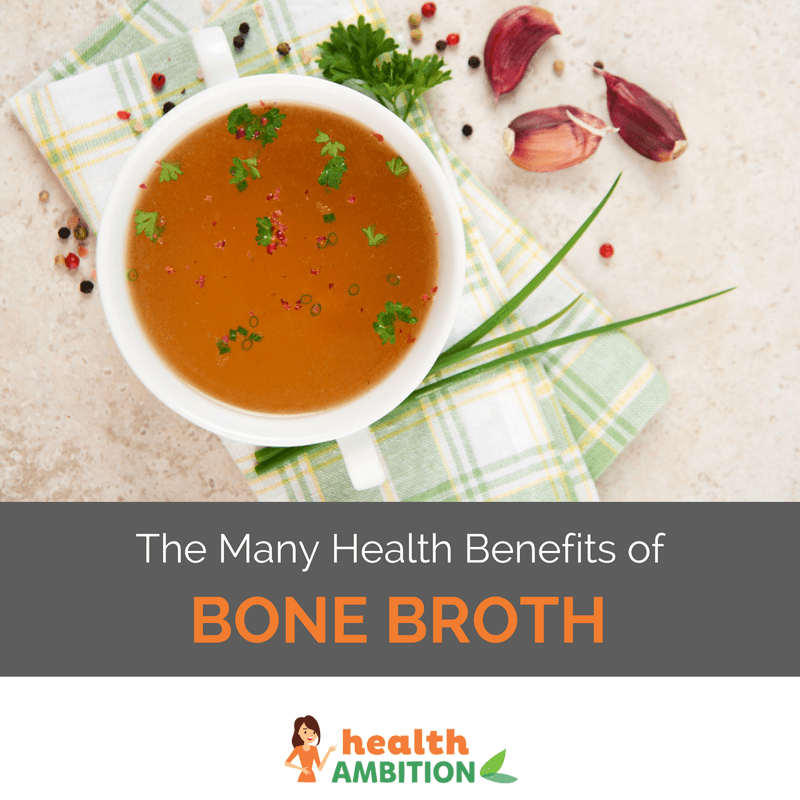 Have you heard of bone broth? It’s starting to become the next health food craze.
Have you heard of bone broth? It’s starting to become the next health food craze.
